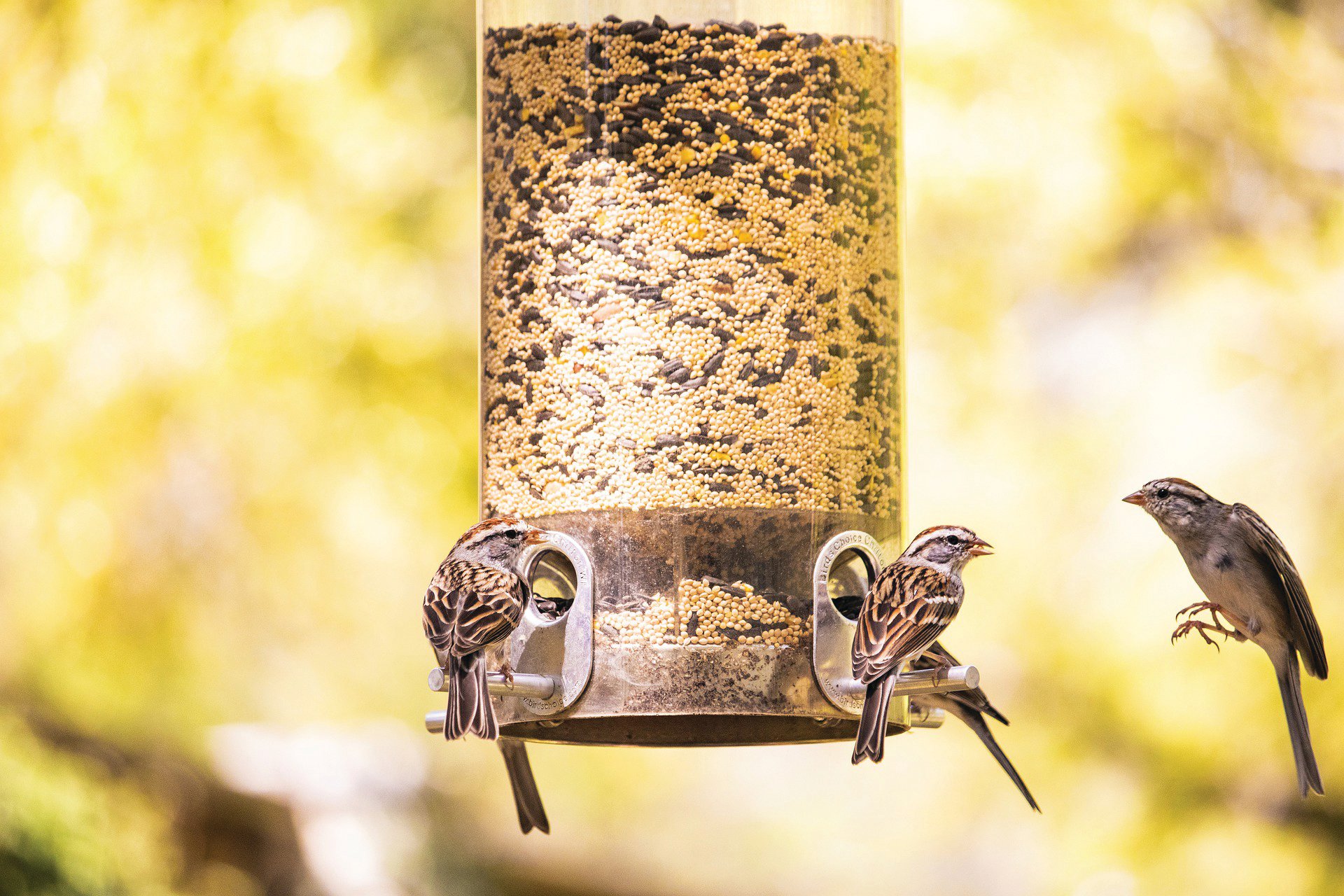SCDNR asks residents to remove bird feeders until early spring
COLUMBIA - The South Carolina Department of Natural Resources is asking for South Carolina residents to take down their bird feeders until early spring after an increase in mortality reports for Pine Siskins and other species.
While Pine Siskins are more susceptible than other species to getting sick from dirty bird feeders, there has been an increase in the number of reports SCDNR has received from across the state in the last several weeks.
Those who have bird feeders should take them down until early April, when Pine Siskins have begun to migrate north.
Temporarily removing bird feeders from your yard will not prevent wild birds from returning after the feeder is put back up.
While many South Carolinians enjoy feeding wild birds, those who have bird feeders must ensure their bird feeders stay clean. Without adequate care, bird feeders can harm, rather than benefit, the local bird population. Dirty feeders can harbor spoiled feed, seed hulls and waste, which can become a source of bacteria, mold and transmissible diseases between birds.
If you have a bird feeder, keep this in mind:
- Seed feeders should be thoroughly cleaned at least once per month with one part liquid chlorine bleach to nine parts hot water. Allow the feeders to air dry completely, especially wooden feeders, before refilling with seeds. Nectar feeders need special care because of their design.
- Nectar feeders should be cleaned each time they are refilled. Clean feeders using four parts hot water to one part vinegar or nine parts hot water to one part bleach using a special bottle brush to clean small holes. Visually inspect the entire feeder for black mold. Rinse all parts of the feeder with water for at least three times and allow it to air dry completely before refilling.
- Store food in a cool area in rodent- and waterproof containers. Dispose of any food that is wet, smells musty or appears moldy.
- Inspect feeders for sharp points or edges that can scratch or cut birds. Even small injuries can enable bacteria and viruses to infect otherwise healthy birds.
- Use multiple feeders and spread them out over a large area to reduce crowding. While seeing several birds at a single feeder may look appealing, the potential for disease transmission between sick and healthy birds increases.
- Don't wait until sick or dead birds are seen before cleaning feeders. But if the situation should occur, it is best to stop feeding immediately. Remove the dead bird by wearing rubber gloves and placing the bird in a plastic, leak proof bag. Dispose of the sealed bag and rubber gloves in a normal trash receptacle out of reach of pets or scavengers. Wash hands immediately. Clean all feeders and the surrounding area following these guidelines and wait at least two weeks before rehanging feeders.
More Articles to Read

